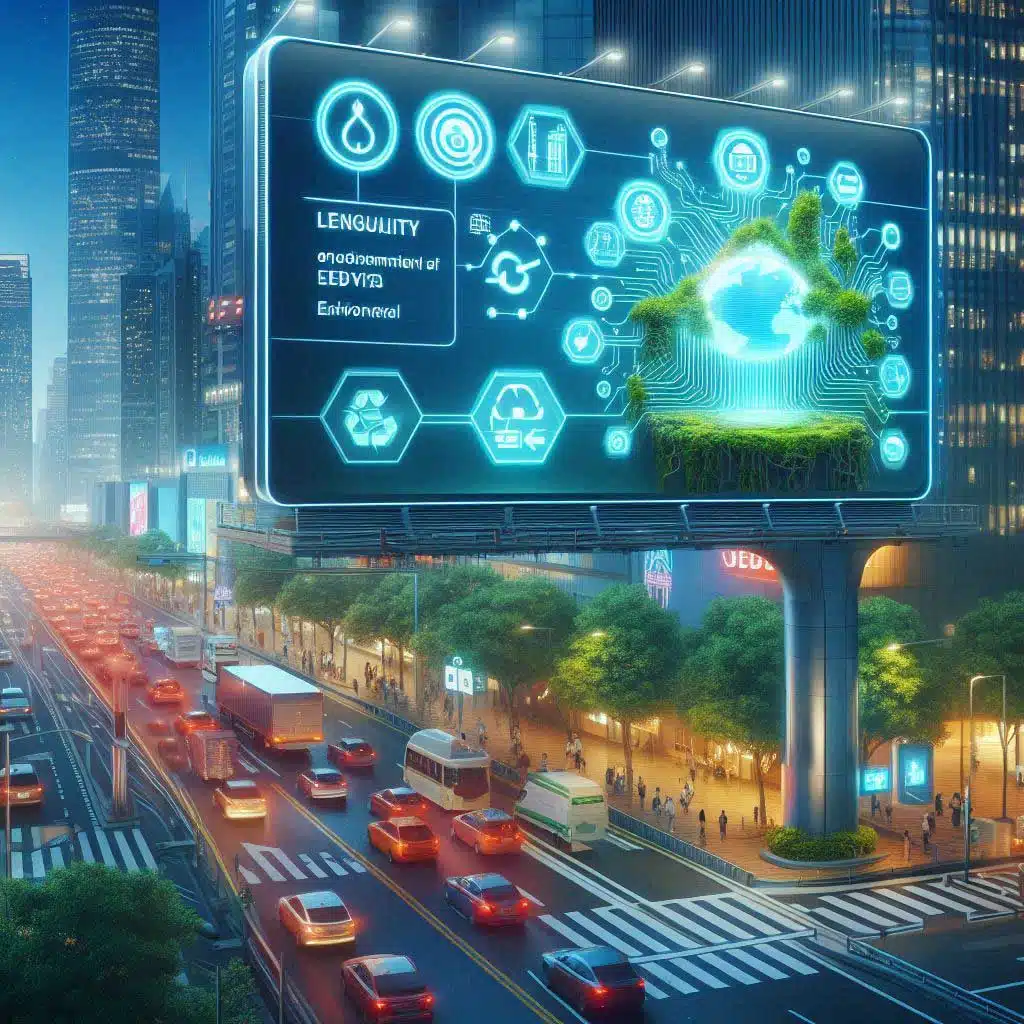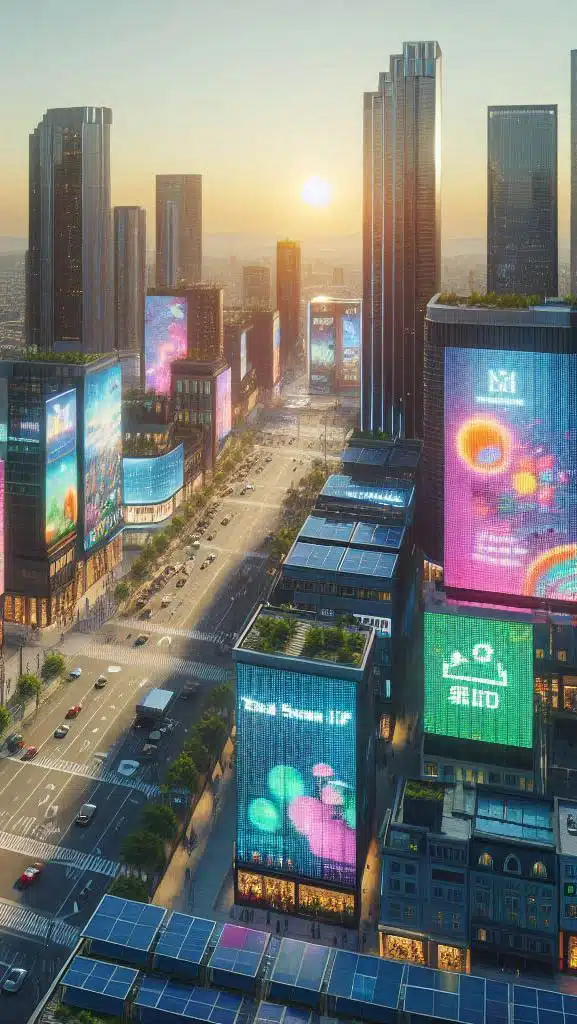
The Environmental Impact of LED Digital Billboards: Shedding Light on an Ecological Dilemma
In the bustling modern world, the streets are illuminated by a dazzling array of LED Digital billboards, captivating our attention with vibrant displays. While these eye-catching advertisements have become a ubiquitous feature of urban landscapes, it is crucial to examine their environmental implications. The Environmental Impact of LED Billboards encompasses a range of factors, including energy consumption, light pollution, and electronic waste. This article delves into the ecological footprint of LED billboards and explores potential solutions to mitigate their environmental impact.
The Environmental Advantages of LED Billboards in Outdoor Advertising
LED billboards provide numerous environmental benefits, making them a viable option in the advertising market. Digital updates to LED billboards eliminate the need for traditional billboard advertising’s use of physical materials like paper or vinyl. This minimizes the consumption of raw materials and minimizes the waste resulting from outdated marketing. Using LED billboards promotes energy conservation, waste reduction, lower maintenance requirements, and less light pollution, making them a more ecologically friendly option for outdoor advertising.

Energy Efficiency: A Key Environmental Benefit of LED Billboards
One of the primary benefits of LED technology is its energy efficiency. LED lights consume substantially less power than older lighting systems like incandescent or fluorescent bulbs. This reduced energy usage not only relieves strain on the power system but also helps minimize greenhouse gas emissions related to electricity generation. Businesses that use LED billboards contribute to a better environment while lowering their energy bills.

LED Billboards and the Reduction of Light Pollution
LED billboards also reduce light pollution since they use accurate directional illumination. Unlike traditional billboards, which emit light in all directions, LED billboards direct their light directly onto the display area, reducing wasted light that enters the surrounding environment. This minimizes light pollution, which can have negative consequences for ecosystems, wildlife, and human health.

Longevity of LED Billboards and Environmental Benefits
Another environmental advantage of LED billboards is their endurance. LED lights offer a significantly longer lifespan than traditional lighting alternatives, frequently lasting 50,000 hours or more. Because of their endurance, lighting materials require fewer replacements, decreasing production, transportation, and disposal costs. LED billboards reduce the frequency of maintenance and the need for new lighting, thereby lowering the overall environmental impact of waste generation and resource use.
The Path to a Greener Future: Mitigating the Environmental Impact of LED Billboards
The Environmental Impact of LED Digital Billboards presents a complex dilemma that requires careful consideration. From their energy consumption and carbon emissions to light pollution and electronic waste, LED billboards pose significant challenges for environmental sustainability. However, through the adoption of energy-efficient technologies, responsible waste management, and stricter regulations, we can strive towards a greener future. By minimizing the environmental impact of LED billboards, we can preserve our natural resources, protect wildlife, and reduce carbon emissions. It is our collective responsibility to find innovative solutions and strike a balance between captivating advertising displays and a sustainable planet.
How do LED billboards contribute to energy consumption?
LED billboards consume a significant amount of energy due to the constant illumination required to display their content. The vibrant LEDs used in these billboards consume more energy than traditional lighting sources, leading to higher electricity usage and subsequent environmental impact.
What are the alternatives to reduce energy consumption?
Electronic design is the first major point of attack for improving efficiency. State of the art design not only reduces energy consumption, but LED billboards are equipped with smart sensors that adjust the brightness based on ambient light conditions. Additionally, optimizing the display schedules and using energy-efficient LEDs can also help minimize their energy usage.
Does light pollution from LED billboards affect wildlife?
Yes, light pollution from LED billboards can disrupt the behavior and habitats of nocturnal animals. The bright lights can interfere with their natural cycles and navigation abilities. It is crucial to consider the impact on wildlife when implementing LED billboards and take measures to mitigate light pollution.
How can LED billboard waste be properly managed?
Proper e-waste management is essential for LED billboard waste. This involves recycling and responsibly disposing of the electronic components. Working with specialized recycling facilities and implementing strict regulations can ensure that the hazardous materials are handled appropriately and reduce the environmental impact.
Are there any regulations or guidelines for LED billboards?
Regulations regarding LED billboards vary depending on the region and local authorities. Some areas have specific guidelines on brightness levels, operating hours, and light pollution mitigation. It is important for advertisers and municipalities to adhere to these regulations and promote responsible billboard usage.
What are the future prospects for greener LED billboards?
As environmental awareness grows, there is a push for greener LED billboards. This includes the development of more energy-efficient LED technology, the use of renewable energy sources to power billboards, and the implementation of sustainable materials in their construction. Innovations in these areas aim to minimize the environmental impact of LED billboards in the future.
